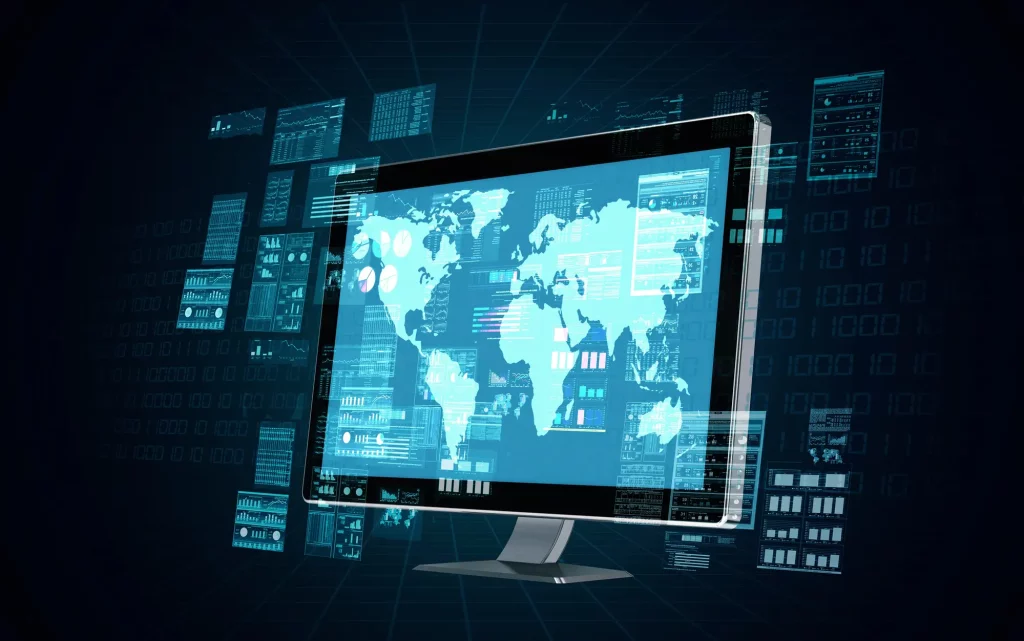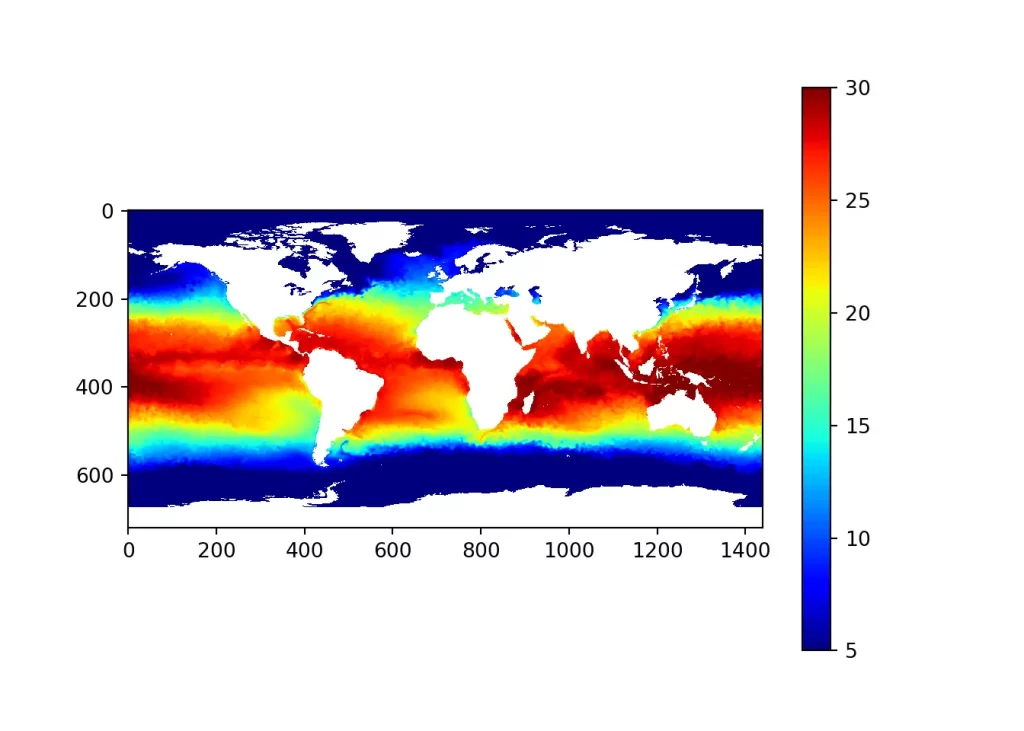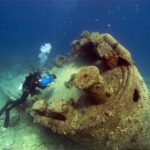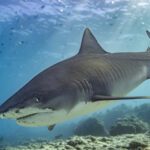Did you know that the highest-paying marine biology job is that of a data scientist? From research to policymaking, gathering and interpreting data have become integrated into every aspect of marine biology.
With such highly sought-after skills in marine biology, it’s imperative to understand them if you’re looking into this career path.

The Role Tech Plays in Marine Biology
Nowadays, computer science is present in just about every industry, from science to engineering to healthcare and many others. Marine biology is no exception, with many roles requiring varying levels of tech skills.
Examples include:
Data scientists
Researchers (including research assistants)
Professors
Statisticians
Oceanographers
Environmental consultants and planners
Marine engineers, and many others
Of these roles, data scientists are most heavily involved with computer science. Data scientists combine scientific methods with programming skills to collect, extract, and analyze valuable information from large amounts of data. This knowledge means they can then answer many research and business questions, while also driving innovation and policymaking, making data scientists one of the most in-demand jobs in marine biology.

Comparing the Different Computer Programs
Here’s a table comparing the programs described in this article in terms of use, accessibility, and cost.
| Program | Usage | Accessibility (Depends on user) | Cost |
|---|---|---|---|
| R | Organizing and analyzing data (mostly for statistical purposes) | Not very beginner-friendly, though a background in statistics or computer science helps | • Desktop basic version: Free • Desktop paid version: USD 4795/yr |
| Python | Used to write and execute code | Easier than most other programming languages (i.e. C, Java, etc.) with many resources available online | • Free |
| MATLAB | Used mainly for converting data into visual models | Simple to use, with many resources available online | • USD 860/yr for individuals • Costs vary for purpose and duration |
| ArcGIS | Used to interpolate data into visual maps | Somewhat more difficult to grasp as there are various moving parts and not a single console like Python | • USD 100/yr for individuals • Contact directly for businesses |
Simplifying Data Using R
R is a programming language specializing in organizing and analyzing data for statistical purposes. It takes data fed by the user and, after given commands, computes many of the values in statistical tests. It can also present data visually via graphs, tables, etc.
Researchers, data scientists, and statisticians are the professions most likely to use R as part of their work.
One example of R in research is if you’re looking to see if different factors can influence multiple results. This will require R to perform an ANOVA (a statistical test to find relationships between multiple variables) and see if the relationships are significant.
Develop Effective Programs Using Python
Python is a general programming language that allows you to write and execute code for various purposes. The code allows you to build programs, websites, and software, and conduct general data analysis (though not to the extent of R).
While not as extensive in data analysis as R or MATLAB, Python is sometimes preferred over them because it can do many more tasks, and its UI is more versatile.
Data scientists are most likely to use Python as part of their work.
An example of Python being used in research is that you can use available data and extract variables from it (such as latitude, longitude, and sea surface temperature) to create a map displaying the changes in SST regarding location (fig. 1).

Source: https://semba-blog.netlify.app/07/02/2020/python-as-a-tool-for-oceagraphy-and-marine-sciences/
Making Accurate Models with MATLAB
MATLAB is a programming language used by marine biologists for converting data into visual models that display how variables change over time. Its other uses include making simple plots and functions of data, creating user interfaces, and performing numerical algorithms.
MATLAB is usually used by data scientists and oceanographers, with the latter often collaborating with climate scientists as ocean mechanics are strongly tied to climate variations.
An example using MATLAB includes retrieving variables for CTD (conductivity, temperature, and depth of water), wind, and tide data to generate a model showing how the parameters change over time. Additional variables, such as nutrient availability, can also be added.
Create Detailed Maps with ArcGIS
ArcGIS is a family of geographic information system software specializing in making maps using available data. These maps range from topographic (including elevation, bodies of water, and roads), to street and satellite maps. Different parameters (i.e. fire risk, erosion risk, etc.) can be added to determine which locations are safest for human occupancy.
Data scientists, environmental consultants and planners, and marine engineers are most likely to use ArcGIS.
ArcGIS is very commonly used by engineers and planners because it allows them to decide which areas are safe to disturb (usually for construction). For example, after overlaying several safety parameters over a map and quantifying risk between 0 and 1, ArcGIS can help you determine which areas of the map have the lowest risk by being closest to 0.
FAQ Corner
(1) What are the differences between Excel and R? Is one preferred over the other?
Excel and R are both data analytics tools, but their functionality differs in the following ways:
| Excel | R |
|---|---|
| Beginner friendly | Handles larger datasets |
| Speedy and Efficient statistic calculations (suitable for smaller datasets) | Results are more reproducible (less point-and-click) |
| Most career roles require Excel proficiency | More data visualization and analysis options |
| Widely used across various industries, enhancing collaboration and data sharing | Knowing R usually allows for higher-paid jobs (usually mandatory for data scientists and statisticians) |
(2) What are some options for learning these programs?
Options to learn programming include:
- University courses
- Online courses (i.e. edX, Coursera, etc.)
- Coding workshops
- Coding Bootcamps (either online or in person)
- How-To Books/Guides
(3) What skills do marine biologists need?
For individuals holding a diploma in a related field looking to excel in marine biology, here is a list of sought-after skills:
Advanced scientific skills, including:
- Statistical analysis
- Data interpretation
- Ecological modeling
- Proficiency in computer programming for research and data management
Practical fieldwork abilities:
- Scuba diving certification
- Boating skills
- Underwater navigation and photography
- Species identification and knowledge of taxonomy
Communication skills for:
- Presenting research findings
- Writing scientific papers and grant proposals
- Collaborating with interdisciplinary research teams
Project management expertise:
- Designing research projects
- Budgeting and resource allocation
- Time management
- Problem-solving skills for overcoming research challenges
Familiarity with environmental policies and conservation strategies:
- Advocacy for marine life protection
- Influencing marine policy decisions
(4) How do marine biologists use math?
Marine biologists use math extensively to analyze and interpret data collected from marine environments.
They employ statistical methods to assess population sizes, distribution patterns, and behavioral ecology of marine organisms. Mathematical modeling is a key tool for predicting changes in marine ecosystems due to environmental impacts such as climate change, pollution, and overfishing.
Additionally, biologists use mathematical calculations for designing experiments, estimating the age and growth rates of organisms, and mapping habitats using geographic information systems (GIS).
Quantitative skills are essential for converting complex data into understandable results that can inform conservation and management decisions.
Conclusion
Computer programming is becoming an integral part of marine biology, with various programs available to help you through your research. And with AI now streamlining data analysis ever more efficiently, there’s no better time to start your programming journey than now.





1 thought on “In-Demand Tech Skills For Marine Biology Careers”
Comments are closed.